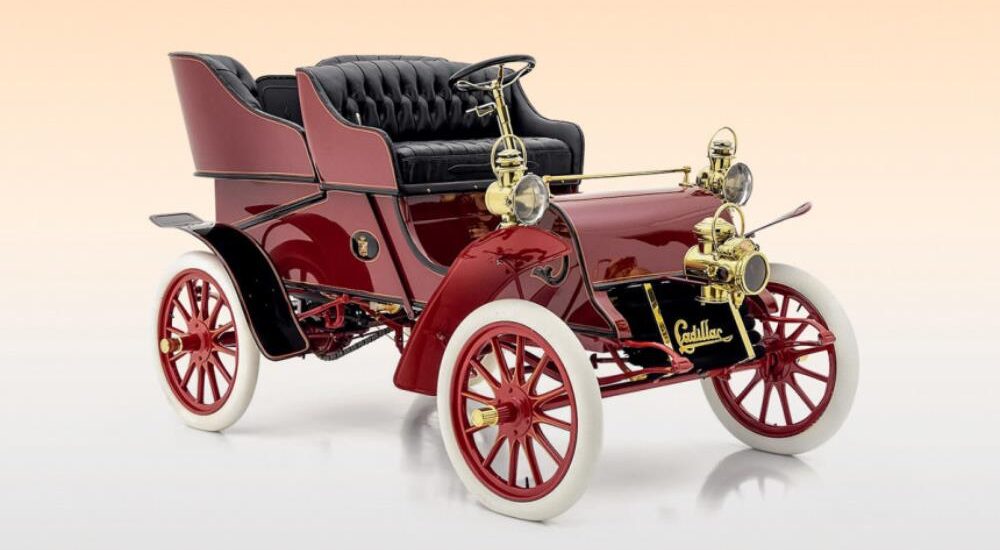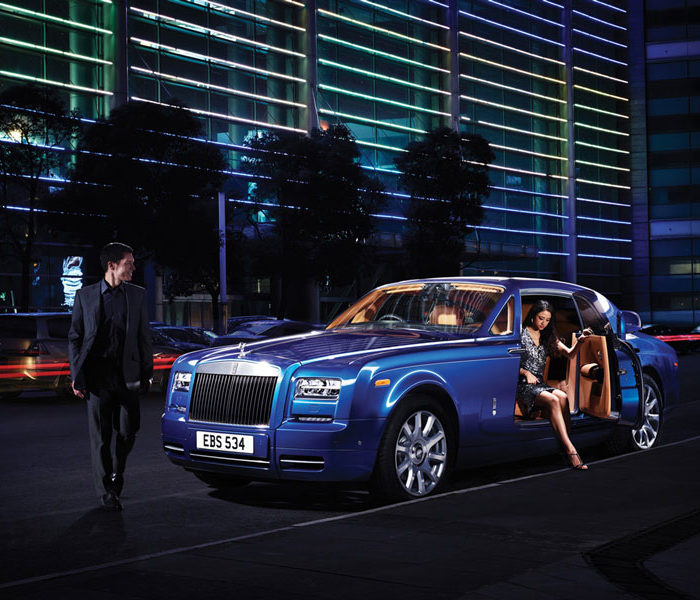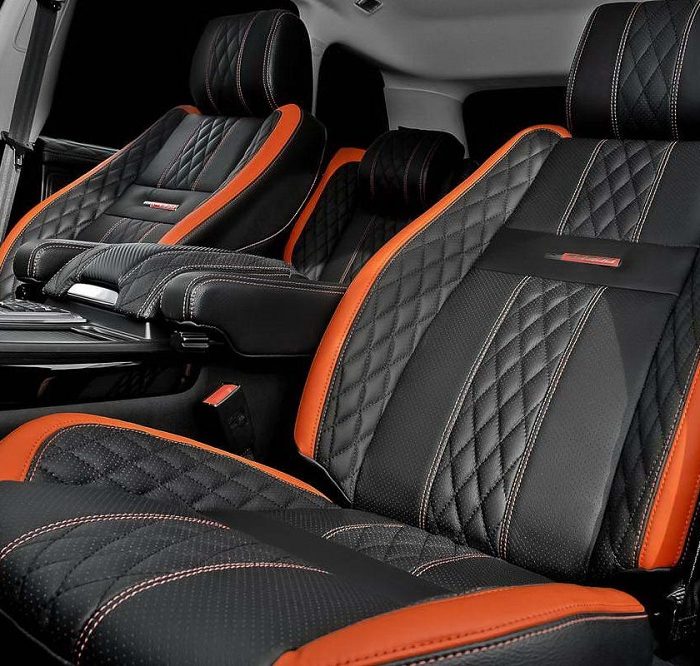“Olhe para a raiz!” Esse foi o conselho do inesquecível Kozma Prutkov no século retrasado. De fato, retornar às origens ocasionalmente revela descobertas fascinantes. Por exemplo, na base da marca de automóveis Cadillac está surpreendentemente um veículo Ford.
Quando você coloca o Ford Model A e o Cadillac Model A lado a lado, eles são quase indistinguíveis à primeira vista. Uma inspeção mais detalhada, no entanto, revela que, embora o Ford tenha suspensões totalmente elípticas na frente e na traseira, os Cadillac são semi-elípticos. O Ford Model A opera em dois cilindros, em comparação com o monocilindro do Cadillac Model A. Além disso, o Ford é um pouco mais curto, enquanto o Cadillac é um pouco mais largo. O radiador do Ford é estritamente vertical, contrastando com o do Cadillac, que é levemente inclinado para trás. O Ford também tem um “poço” para a manivela essencial da época, localizada no lado direito, uma característica ausente no Cadillac, onde o eixo destinado a ser girado pela manivela fica abaixo da borda do corpo. Claramente, esses veículos são estruturalmente distintos, embora visualmente semelhantes.
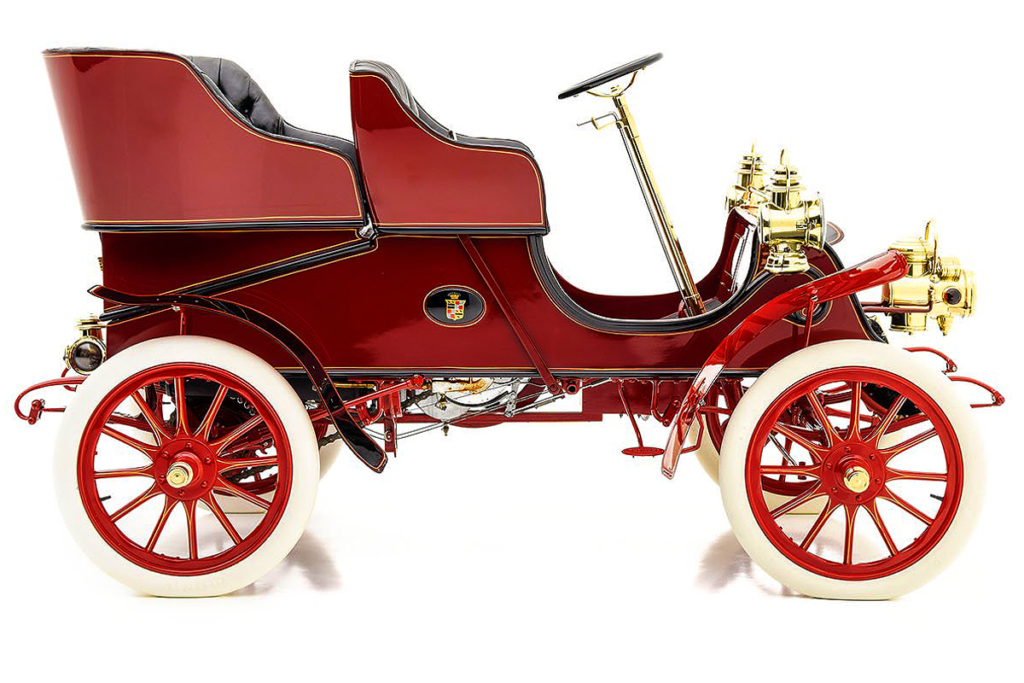
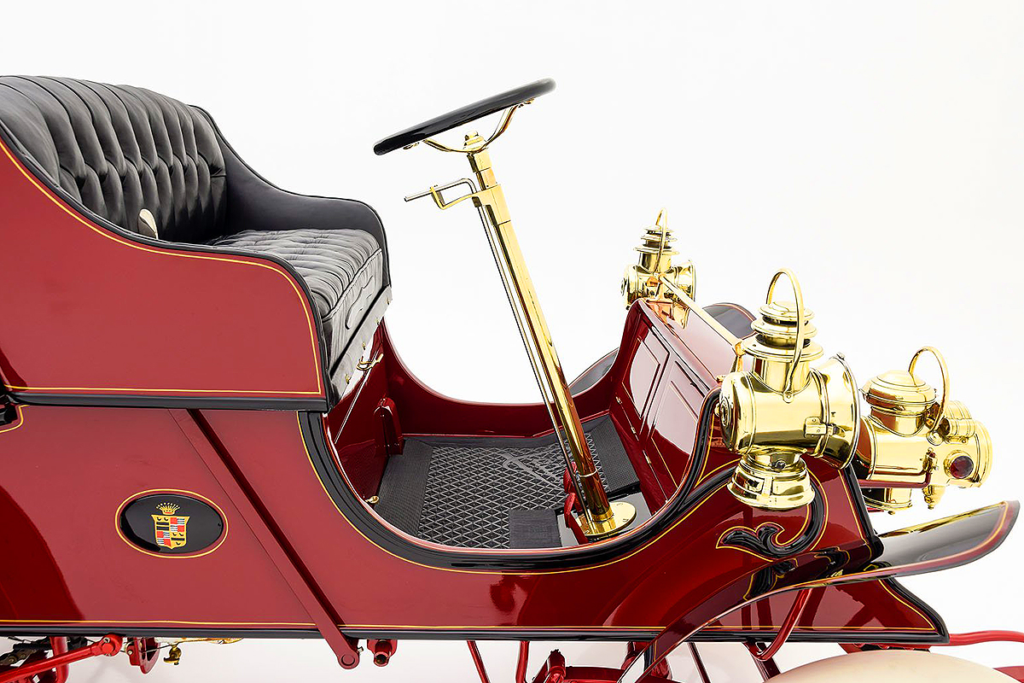
Aqui, fica claro onde inserir a “manivela” para dar partida no motor: o eixo de partida se projeta de baixo da lateral do corpo próximo ao eixo lateral da alavanca. No modelo A, o motor podia ser ligado de qualquer lado do carro; mais tarde, o “poço” só foi deixado no lado oposto.
A história se desenrolou em uma manhã de agosto de 1902, quando dois senhores visitaram Leland & Faulconer em Detroit. Eles eram representantes da Detroit Automobile Company, uma empresa registrada, mas não operacional, que planejava comercializar um veículo projetado por seu engenheiro-chefe. Desentendimentos levaram à sua saída, levando consigo o protótipo do modelo destinado à produção. Sem mais nada para fabricar, a única opção parecia ser sair do negócio vendendo a empresa. Primeiro, porém, eles precisavam avaliar todos os ativos disponíveis para determinar o valor potencial de venda. A Leland & Faulconer, conhecida por seus produtos técnicos sofisticados e equipe qualificada, foi convidada a fornecer a avaliação técnica necessária.
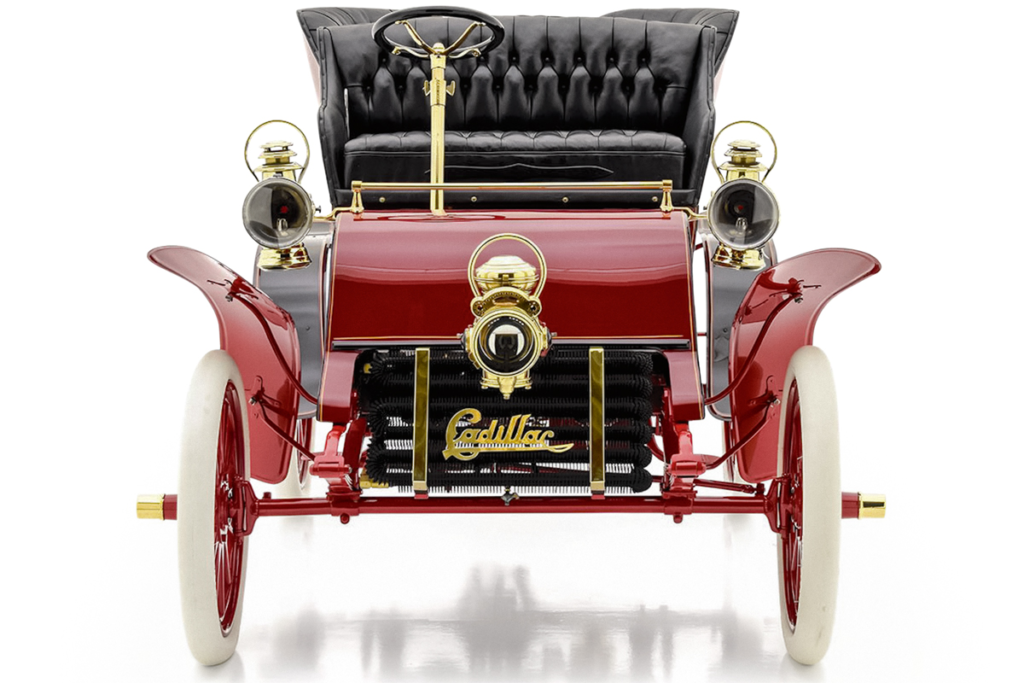
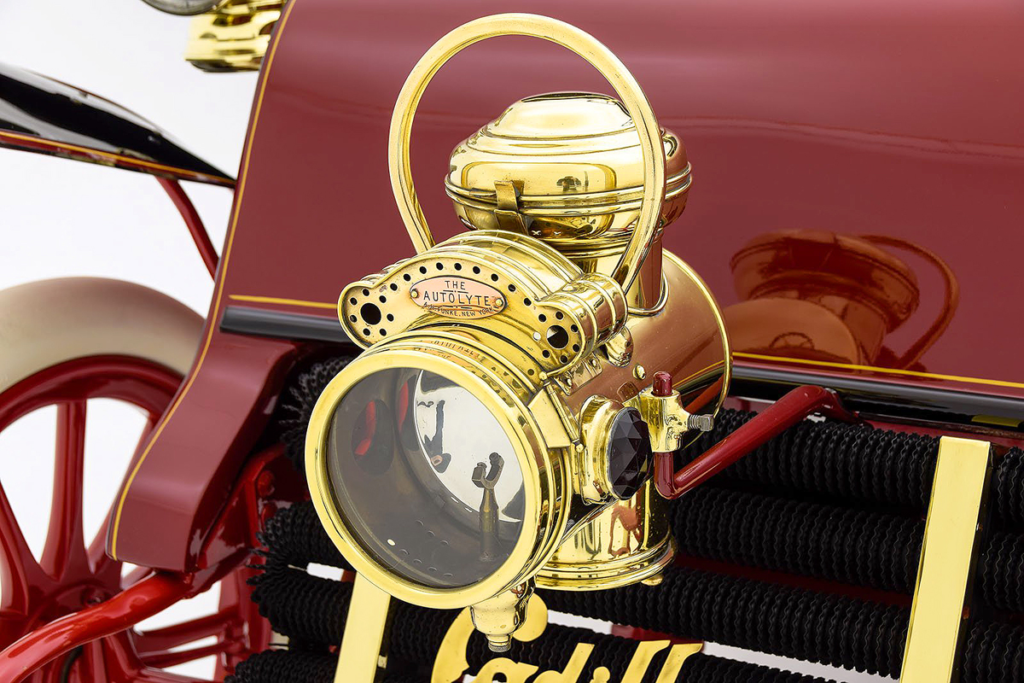
O poderoso e brilhante farol dianteiro é estruturalmente combinado com o gerador de metal duro; ele pode ser facilmente aceso sem ser removido de seus suportes — basta abrir o vidro frontal, que é articulado. O radiador do carro é um tubo de cobre sem costura com um diâmetro de cinco oitavos de polegada (15,9 mm), no qual os discos de cobre são espaçados em intervalos de 9,5 mm. Tudo isso é enrolado em uma hélice e montado na frente com uma leve inclinação para trás.
Naquela época, teria sido um exagero chamar a Leland & Faulconer de empresa automotiva; eles eram uma empresa geral de metalurgia conhecida por fornecer vários equipamentos de produção e ferramentas especializadas, como micrômetros, para empresas locais. No entanto, qualquer produto desta empresa foi reconhecido por sua qualidade suprema. Henry Leland, um de seus fundadores e originalmente armeiro que começou com a Colt, garantiu que todo o trabalho em sua oficina fosse organizado de forma que todos os componentes, especialmente as peças móveis, fossem encaixados com precisão, sem a necessidade de acabamento ou arquivamento adicionais. Sua experiência na criação de caixas de engrenagens, engrenagens e configurações de retificação de engrenagens era incomparável, e sua fundição, fundada em 1896, era conhecida em toda a região por produzir peças fundidas de qualidade incomparável.
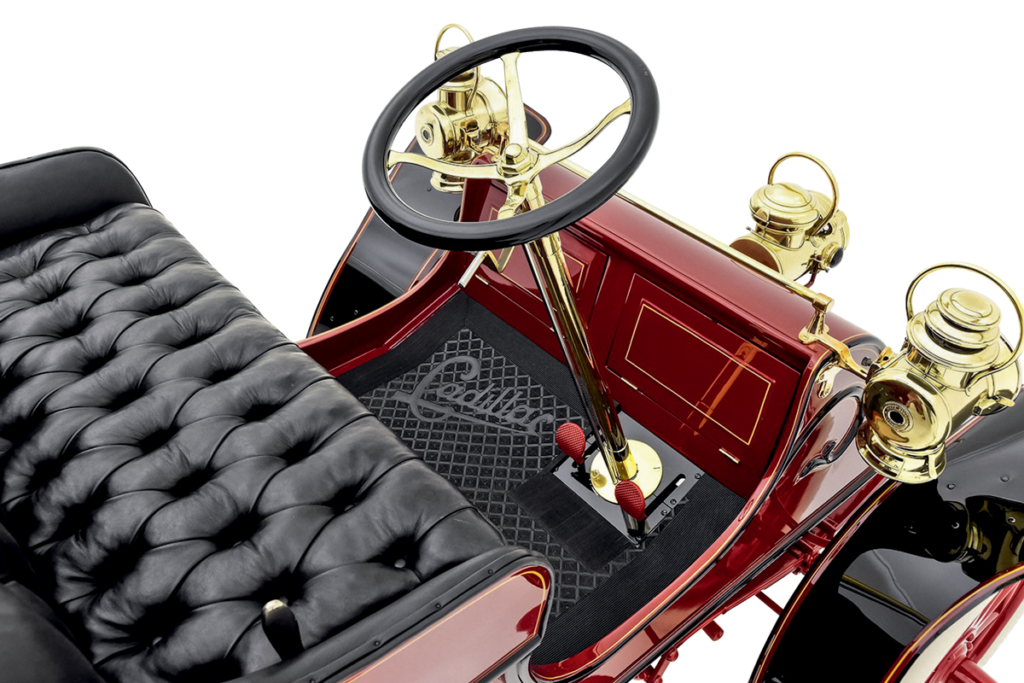
O carro mostrado aqui não tem instrumentos nem mesmo uma buzina. Atrás das portas na parede frontal do corpo, há um reservatório de água para o sistema de resfriamento.
Os fabricantes de bicicletas estavam ansiosos para adquirir rodas dentadas para acionamentos por corrente. Quando Detroit decidiu iniciar um sistema de bonde, a L & F recebeu o contrato para os motores a vapor para o material circulante, produzindo várias centenas de unidades. Eles também fabricaram motores de combustão interna, principalmente para uso marítimo, encomendados pelo estaleiro local. Quando Ransom Olds, um empresário iniciante da vizinha Lansing, iniciou seu empreendimento automotivo, ele fez seu primeiro pedido de dois mil motores monocilíndricos com a L & F.
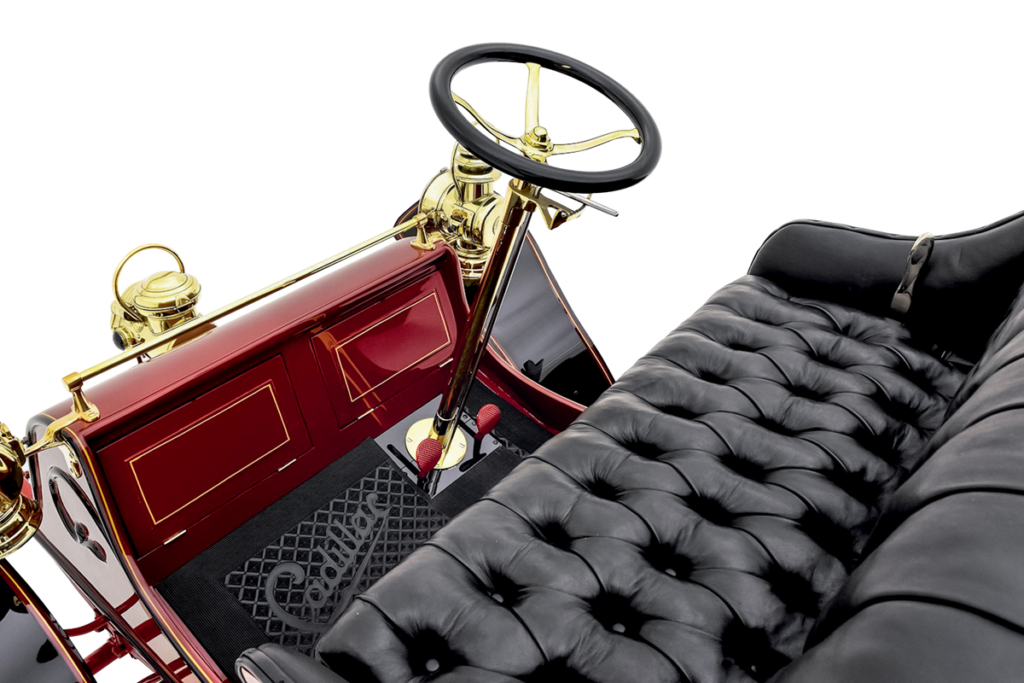
A alavanca de direção, movendo-se ao longo de um setor dentado, define a posição da válvula do acelerador — em outras palavras, ela funciona como um acelerador (“gás manual”). O pedal direito é o freio, o esquerdo engata a “baixa velocidade” da transmissão planetária de dois estágios. A alavanca à direita do assento do motorista é chamada em voz alta de “alavanca de controle” no manual; na realidade, ela permite que o motorista aperte as faixas de frenagem na transmissão à vontade, permitindo que o carro avance ou recue.
Assim, representantes da Detroit Automobile Company tinham todos os motivos para consultar a empresa de Henry Leland. Durante sua visita para avaliar os ativos da empresa que está sendo liquidada, Leland observou sua fábrica bem equipada, mas inativa, e um armazém cheio de corpos sem pintura preparados com antecedência. Ele ficou impressionado com a configuração estratégica do equipamento e perguntou sobre o engenheiro que a gerência não conseguia acomodar. Foi quando o nome de Henry Ford surgiu pela primeira vez nessa narrativa, uma figura com quem Leland mais tarde desenvolveria uma estreita e extensa colaboração. Os ex-parceiros da Ford explicaram a Leland: “Ele era constantemente movido pelo desejo de criar máquinas de corrida de alta velocidade, mas precisávamos de um modelo que pudesse ser rapidamente lançado no mercado para gerar receita”.
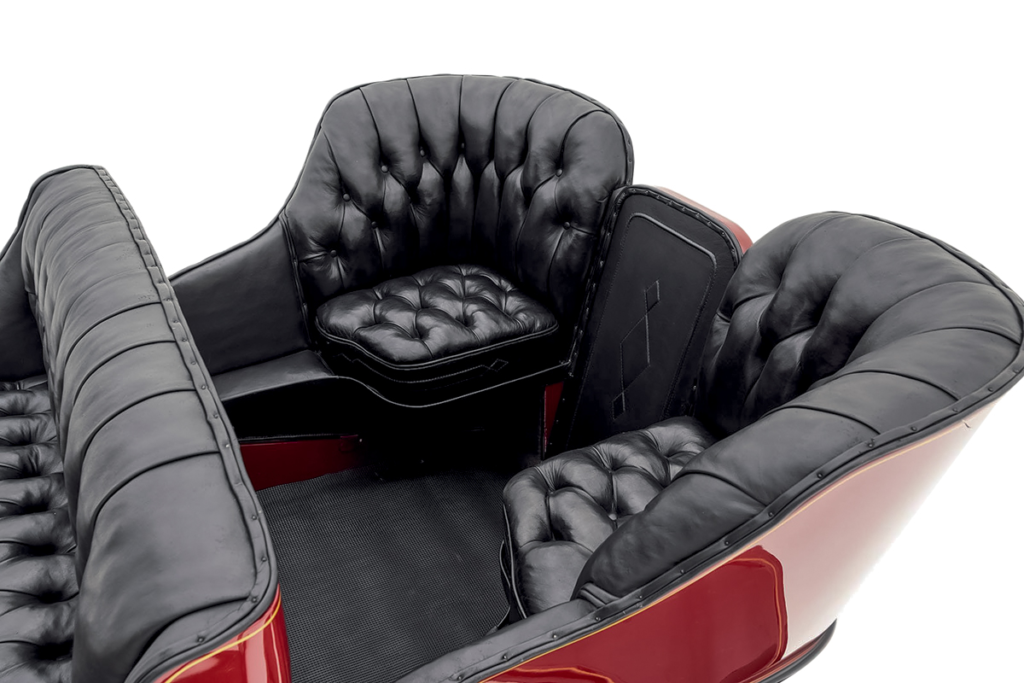
Os assentos traseiros são apertados, com os passageiros tendo que se sentar em ângulo um com o outro. Se desejado, toda a parte traseira da carroceria pode ser facilmente retirada e removida do carro com quatro mãos, tornando-o um veículo de dois lugares. A julgar pela ausência de acessórios para uma capota dobrável, este carro foi originalmente entregue totalmente aberto.
Alguns dias depois, Henry Leland voltou ao escritório da Detroit Automobile Company na esquina da Cass Avenue com a Amsterdam Avenue, em Detroit. Sem preâmbulos, ele disse aos sócios: “Eu trouxe sua estimativa, mas não aconselho a venda desta planta. A fabricação automotiva é promissora, embora apresente seus desafios. Em vez disso, vamos continuar projetando o chassi de onde você parou, e eu fornecerei motores montados com transmissões, pois tenho um design adequado pronto.”
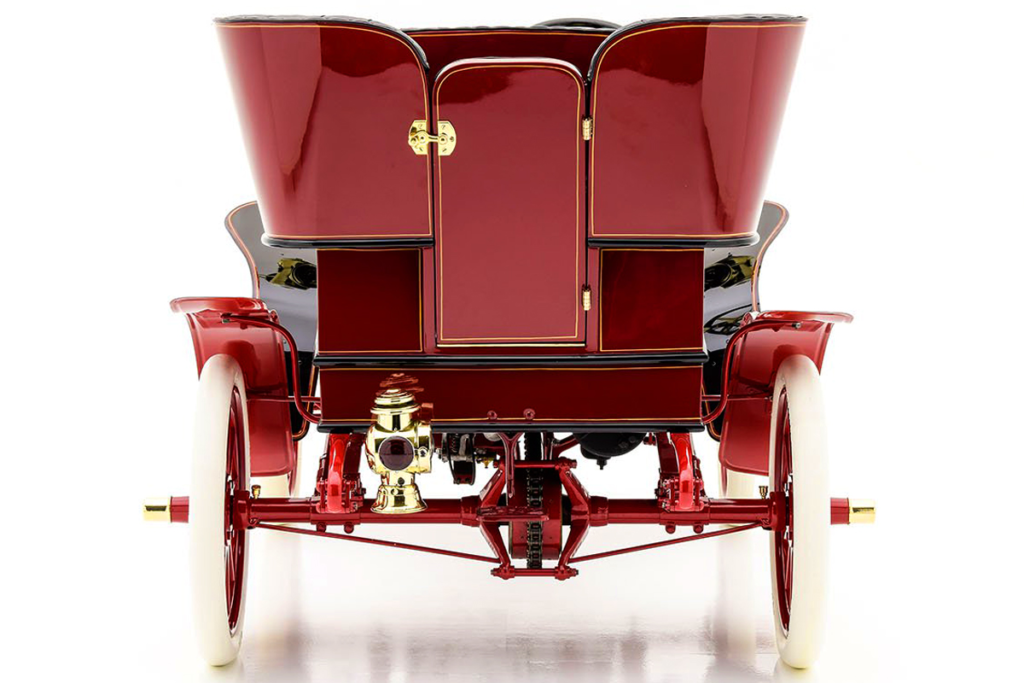
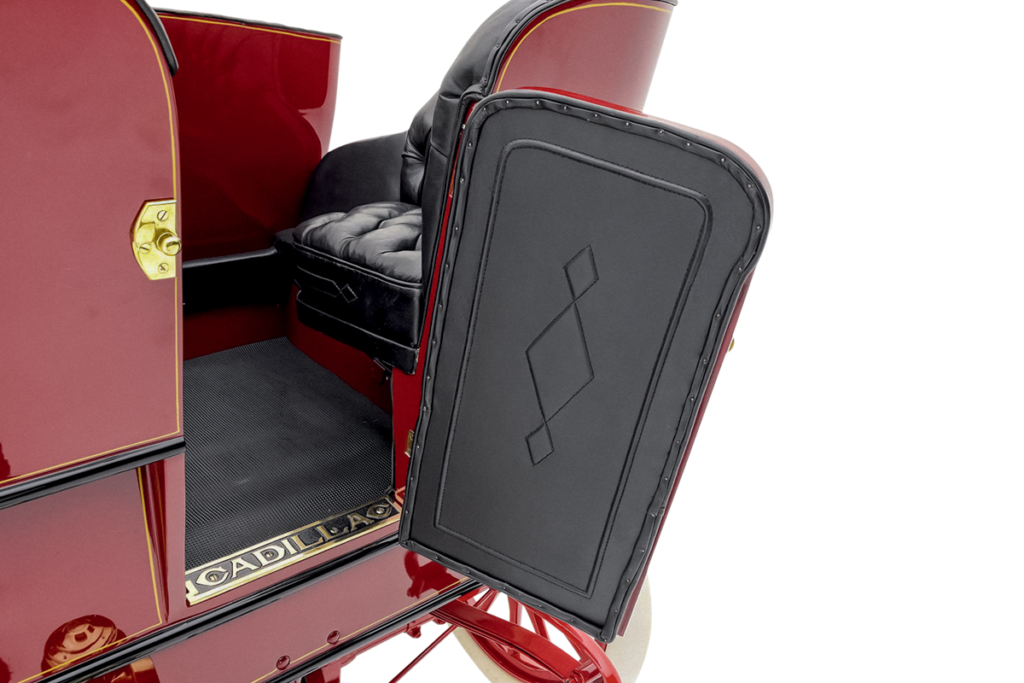
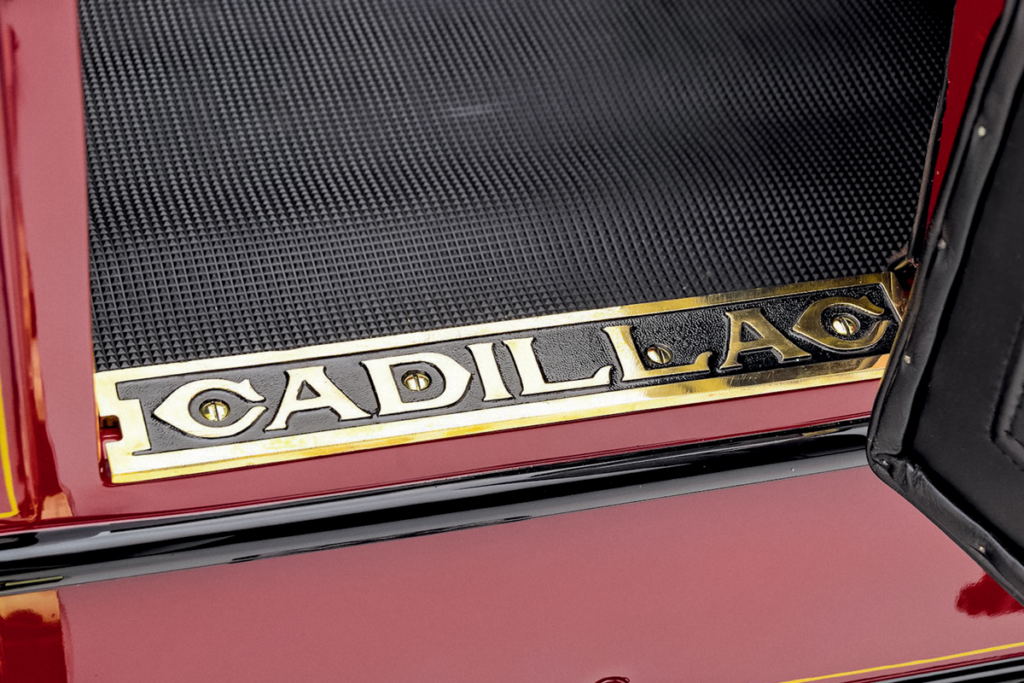
O carro nessas ilustrações é mostrado em uma versão de quatro lugares — esse tipo de carroceria era chamado de tonneau (francês para “barril”), e o acesso aos bancos traseiros não era pela calçada, mas pela estrada, por meio de uma única porta. Nessa configuração, o carro custou $850; uma variante de dois lugares sem uma segunda fila de assentos era cem dólares mais barata.
De fato, Leland tinha um motor adequado — ele estava lá desde que Leland & Faulconer trabalhavam sob contrato com a Oldsmobile. Forçada a terceirizar após um incêndio que destruiu sua fábrica em Detroit em março de 1901, a Oldsmobile rapidamente construiu uma nova fábrica em Lansing e montou operações temporárias de montagem para permanecer no mercado. A Leland & Faulconer foi contratada para produzir uma versão ligeiramente melhorada do motor inicial. Ao aceitar esse design para produção, o Sr. Leland encarregou seus engenheiros de aprimorá-lo ainda mais. Seus esforços triplicaram a produção para mais de dez cavalos de potência a 900 rpm. O motor aprimorado foi devidamente oferecido à Olds como substituto da versão já fornecida. Naquela época, a oferta foi recusada, alegando que o chassi era muito fraco para esse motor e as dificuldades do período de recuperação. Agora, outra oportunidade de utilizar o design aprimorado se apresentou.
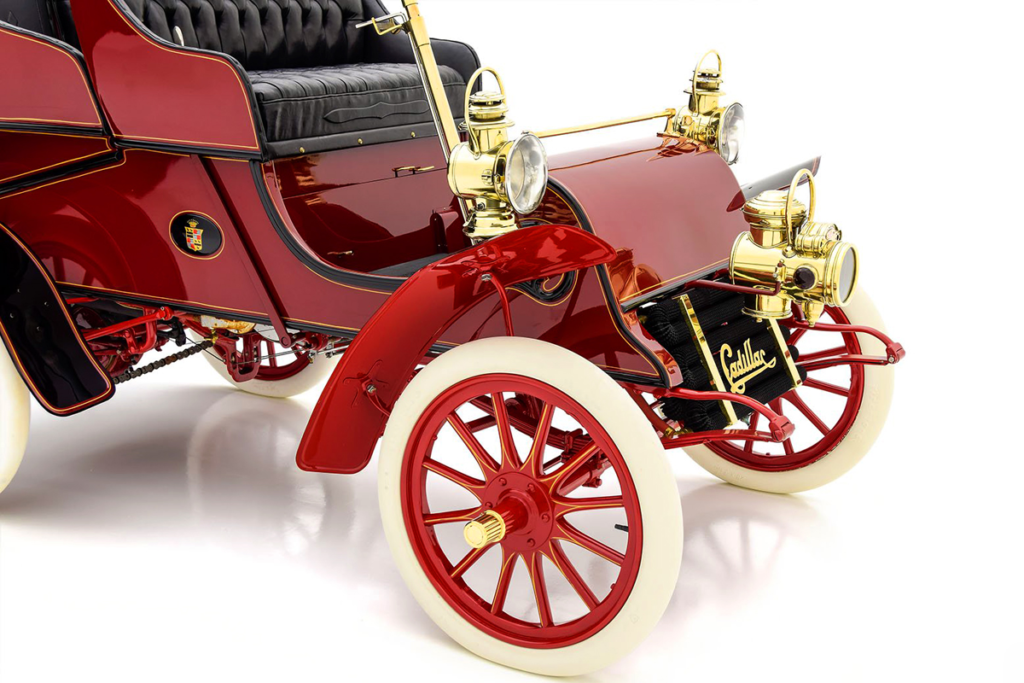
Os dispositivos de iluminação não estavam incluídos no kit de entrega do carro; eles precisavam ser adquiridos separadamente. As lanternas de querosene deste espécime foram fabricadas pela empresa Dietz Motor Lamp, e o farol de acetileno foi fornecido pela A.H.Funke de Nova York. Os para-lamas, também conhecidos como guarda-lamas, ainda eram metálicos aqui; às vezes eram feitos de couro artificial mais tarde. Os suportes longos e lindamente curvos da suspensão dianteira, muito estendidos para a frente, eram um dos pontos mais fracos do Cadillac Modelo A. Eles não eram um todo unificado com a estrutura, mas estavam presos a ela com rebites e muitas vezes não conseguiam suportar as cargas nas estradas extremamente precárias daquela época. Então, a partir do ano modelo seguinte, eles usaram uma única mola transversal em vez de duas molas longitudinais — e a inverteram.
Os empresários da Detroit Automobile Company não tinham um chassi frágil — na verdade, eles não tinham chassi algum, pois seu ex-designer-chefe havia levado o protótipo com ele. Assim, nada os impediu de projetar o chassi do zero para acomodar um motor mais potente. Eles também não tiveram que lidar com as consequências de um incêndio, então aceitaram incondicionalmente o modelo de negócios proposto por Henry Leland. Até o final de agosto, todos os documentos relevantes foram formalizados e assinados. Não foi uma fusão ou aquisição, e a Leland & Faulconer permaneceu como fornecedora independente de montagens. No entanto, a Detroit Automobile Company teve que ser registrada novamente com um novo nome. Detroit acabara de comemorar seu bicentenário, um evento ainda fresco na mente de todos e, sem surpresa, o nome escolhido para a empresa reorganizada e a marca do novo carro foi o do explorador francês que fundou a cidade. Seu nome, Antoine Laumet de La Mothe, sieur de Cadillac, ressoou de forma poderosa e distintamente francesa — Cadillac.
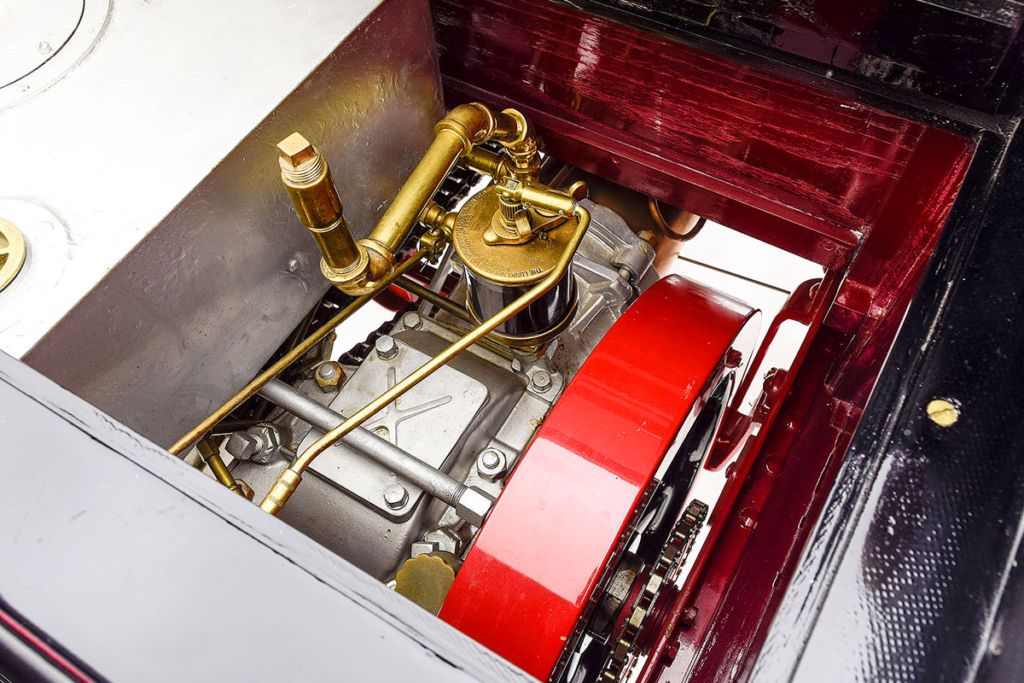
Para acessar o motor, você precisará remover a almofada do banco dianteiro. A caixa retangular brilhante à esquerda é o tanque de combustível, e a tampa vermelha pintada com cores vivas é a caixa da transmissão planetária.
Cadillac, ou mais precisamente em francês, “Cadillac”, é um termo geográfico há muito associado a um pequeno povoado na região francesa de Gironde, na Aquitânia. Não está claro qual a conexão que o bravo gascão Antoine tinha com esses lugares, tendo estabelecido o primeiro entreposto comercial de peles com tribos nativas americanas locais, onde agora fica uma movimentada cidade multimilionária. No entanto, foi seu nome e o brasão excessivamente pomposo de sua família que foram escolhidos como símbolos para o novo automóvel. O emblema heráldico colorido e ornamentado foi aplicado em ambos os lados das carrocerias por decalcomania nos primeiros modelos de produção, embora seu registro oficial como símbolo corporativo só tenha sido formalizado em agosto de 1906.
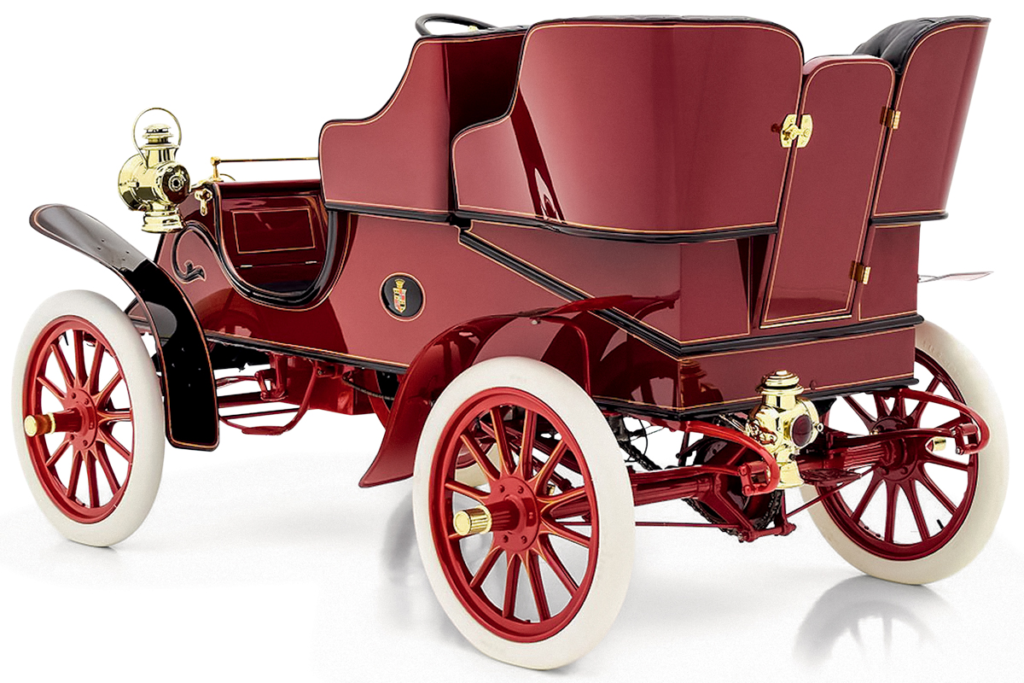
No final de 1902, três carros haviam sido montados; eles foram exibidos no Salão do Automóvel de Nova York em janeiro de 1903, onde as pré-encomendas foram feitas diretamente no estande da exposição por um modesto depósito de dez dólares. No total, 2.286 pedidos foram coletados até o final da feira; a fábrica iniciou suas operações em março de 1903 e as vendas começaram simultaneamente. Henry Ford, por sua vez, só chegou ao mercado no final de julho. Ele podia se gabar de tudo o que quisesse sobre seus dois cilindros em um motor, mas não conseguia esconder o fato inegável de que só conseguiu extrair deles apenas oito cavalos de potência. Não é nenhuma surpresa que a Cadillac o tenha superado significativamente em volumes de vendas, pelo menos inicialmente.
Ambas as marcas, Cadillac e Ford, sobreviveram até os dias atuais. Eles não competem mais diretamente, pois a Ford atende ao segmento de mercado de massa, enquanto o Cadillac continua sendo um símbolo de luxo e exclusividade, conhecido como o “Padrão do Mundo”. Resta pouco para eles se dividirem.
Foto: Sean Dagen, Hyman Ltd.
Esta é a tradução. Você pode ler o artigo original aqui: Самый первый Cadillac в рассказе Андрея Хрисанфова

Publicado Agosto 01, 2024 • 10m de leitura

